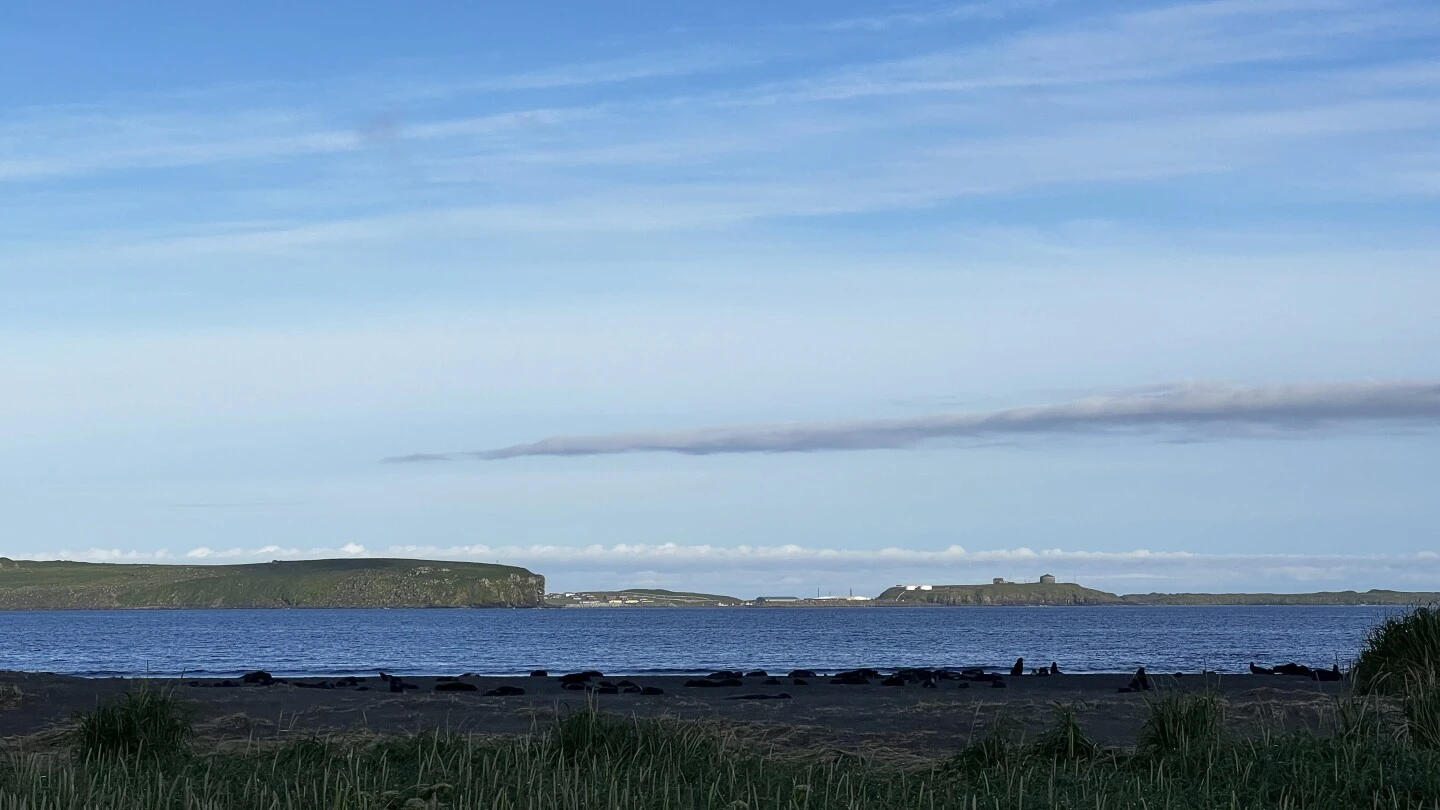- cross-posted to:
- nottheonion@zerobytes.monster
- news@lemmy.world
- cross-posted to:
- nottheonion@zerobytes.monster
- news@lemmy.world
On an island of windswept tundra in the Bering Sea, hundreds of miles from mainland Alaska, a resident sitting outside their home saw — well, did they see it? They were pretty sure they saw it.
A rat.
The purported sighting would not have gotten attention in many places around the world, but it caused a stir on St. Paul Island, which is part of the Pribilof Islands, a birding haven sometimes called the “Galapagos of the north” for its diversity of life.
That’s because rats that stow away on vessels can quickly populate and overrun remote islands, devastating bird populations by eating eggs, chicks or even adults and upending once-vibrant ecosystems.
Shortly after receiving the resident’s report in June, wildlife officials arrived at the apartment complex and crawled through nearby grasses, around the building and under the porch, looking for tracks, chew marks or droppings. They baited traps with peanut butter and set up trail cameras to capture any confirmation of the rat’s existence — but so far have found no evidence.
…
Around the developed areas of St. Paul, officials have set out blocks of wax — “chew blocks” — designed to record any telltale incisor bites. Some of the blocks are made with ultraviolet material, which allow inspectors armed with black lights to search for glowing droppings.
They also have asked residents to be on the lookout for any rodents and are seeking permission to have the U.S. Department of Agriculture bring a dog to the island to sniff out any rats. Canines are otherwise banned from the Pribilofs to protect fur seals.
There have been no traces of any rats since the reported sighting this summer, but the hunt and heightened state of vigilance is likely to persist for months.
Divine likened the search to trying to find a needle in a haystack “and not knowing if a needle even exists.”
Some of the blocks are made with ultraviolet material, which allow inspectors armed with black lights to search for glowing droppings.
We’ve all been there.
Actually, this has just reminded me of the white poos dogs used to do in the '70s. Which were 30 years ago in case you’re wondering. Get off my lawn, etc., etc.!



